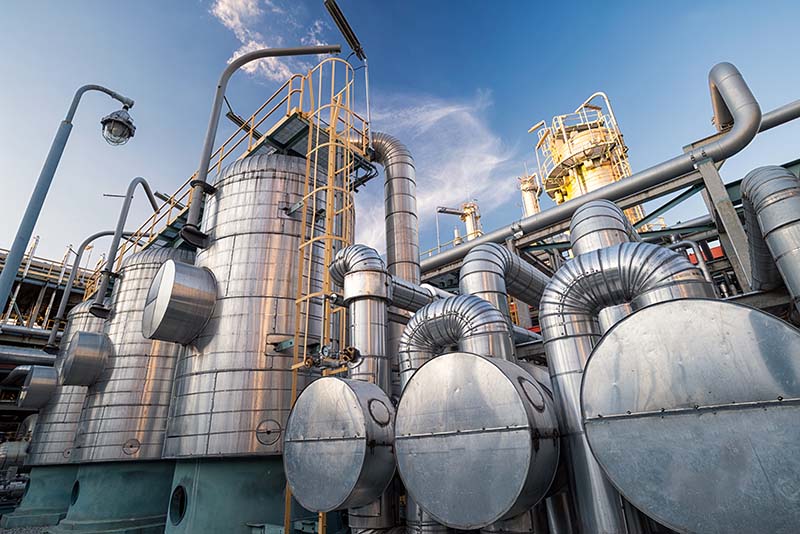Recent scientific studies found that the high pressure and temperature increase provided by acoustic and hydrodynamic cavitation activate many processes and accelerate a number of chemical reactions.
Therefore, oil, even the heavy bituminous one, subjected to cavitation for about 15 minutes, could be transformed, practically, into another product as it improves the homogeneity, viscosity, gravity of the API (American Petroleum Institute) and other physical properties.
This happens because the formation of large molecular matrices, regular matrices and pseudo-polymer systems plays an important role in the oil extraction process, resulting in high surface tension and viscosity and non-Newtonian behavior.
Any disruption of these large molecular associations, particles, agglomerations or pseudo polymeric interactions leads to an alteration of the properties of the oil.
Lin and Yen (1993) cracked asphaltenes, which are refractory to FCC, and deactivated the catalysts even under mild conditions, using ultrasonic cavitation, sodium borohydride as a source of hydrogen and a surfactant to prevent recombination and the disproportion of asphaltene’s radicals.
The hydrogen radicals ended the reactions of free radicals and saturated olefins. As a result, 35% of asphaltenes were converted into petrol and resins in 15 minutes. The conversion of asphaltenes into lighter hydrocarbons has increased 10-fold.
All this implies that oil, after being passed into the Empowering Device, acquires the most sought peculiarities and therefore could be offered for sale at higher prices.
It is now well established that the phenomenon of cavitation is more amplified in viscous fluids. If the flow of oil moves at high speed causing the absolute pressure of the oil to fall below the vapor pressure of hydrocarbons contained therein, cavitation occurs.
Cavitation separates the “liquid” phase (high boiling point hydrocarbons and their particles in liquid hydrocarbons) from the gases present in the oil (trapped gases, water vapor and the hydrocarbon vapors involved).
In the refinery, on the other hand, it wll be a benefit from thermal cracking, catalytic cracking and hydrocracking. Likewise, all this can also be applied to biorefineries, petroleum gas oils and bio-based sources: by mixing water and diesel with controlled cavitation, it is obtained the so-called “white diesel”.











